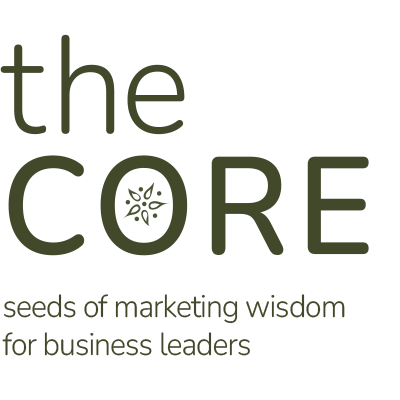Your content calendar is one of the most important building blocks of your marketing plan. By creating eye-catching content, you can inform your audience, position your brand as a thought leader, and boost SEO.
But, you might be wondering how to even get started.
Building a content calendar is easier said than done; we know. When you have the right tools, though, it’s really not as difficult as it sounds. In just a few steps, you can plan content for your full year to ensure that you’re connecting with your audience consistently through blogs, email, social media, and other content-related channels. To get you started, we’re sharing this step-by-step guide to building your 2024 content calendar.
How to Build a Content Calendar in 7 Simple Steps
1. Identify the types of content you need.
Before you begin, identify the different channels that you’ll be writing content for. This might include blogging, social media, email marketing, podcasts, or webinars. Any channel that you need to be posting on consistently will need its own calendar.
Pro tip: Build your content calendar in a spreadsheet, using a new page for each type of content. For example, the first page might be blogging, the second social media, the third email marketing, so on, and so forth.
2. Set a schedule for each type of content.
Set a schedule for each type of content so that your content team knows when each topic should go out. This will also help you determine how many topics you need for each type of content. Your different channels will all have a set cadence. Maybe you put out one blog a week, one podcast episode every two weeks, and an email every month. Choose a schedule that works best for your audience and your workflow, and try to stick to that schedule as closely as possible.
3. Identify your audience’s pain points.
Your content really needs to grab the attention of your audience. You have a better chance of doing that if you key into a challenge that they are looking to solve. As an example, your pain point might be that you are ready to build a content calendar but aren’t sure where to begin. That’s how we chose this topic—we know that our audience might struggle at times to map out consistent content.
4. Research your competitors’ content.
Researching your competitors’ content is not to suggest that you should use the topics that your competitors write about. Rather, you should see the types of content that they share with their audience. If you want to stay ahead of the curve, you must be aware of what your competitors are offering to prospects. Create a content calendar that is very much unique to your company; but, always research competing sites to ensure that you aren’t dropping the ball on any major stressors that your audience might face.
5. Identify the keywords you’re hoping to rank for.
Using tools like SEMrush allow you to identify keywords that you want to target, increasing your chances of rising to the top of search engine results. By identifying keywords early in your content planning process, you can implement said keywords into your topic ideas.
6. Create topics for each channel.
Now for the fun part. Begin building your content calendar piece by piece for each channel. We find it most helpful to map out our idea, the description, and target keywords for each topic. With this approach, you can easily delegate these topics to your content experts, and they will understand the direction and purpose of each piece.
7. Cross-reference your topics between channels.
To make the most of your time and efforts, cross-reference your topics to repurpose as much as you can. For example, if you’ve written a blog article topic that would be great for a podcast episode, you can tweak the topic to fit your podcast audience.
Keep in mind that your audience consumes content differently depending on where they’re getting information. If you are writing a blog article about “10 Things to Know About X,” your podcast audience might prefer the topic to be presented in less of a listicle format and more of a thoughtful discussion.
The Importance of Timely Content
Though it’s good practice to begin your year with a content calendar, remember that it isn’t set in stone. There will be events that happen in your industry, or even just out in the world, that will cause you to adjust your calendar accordingly. A content calendar is a great planning tool, but you should always leave room for change.
Would you prefer that a content marketing team helped you stay connected to your audience? We can help. Contact Green Apple Strategy today to schedule a consultation.




